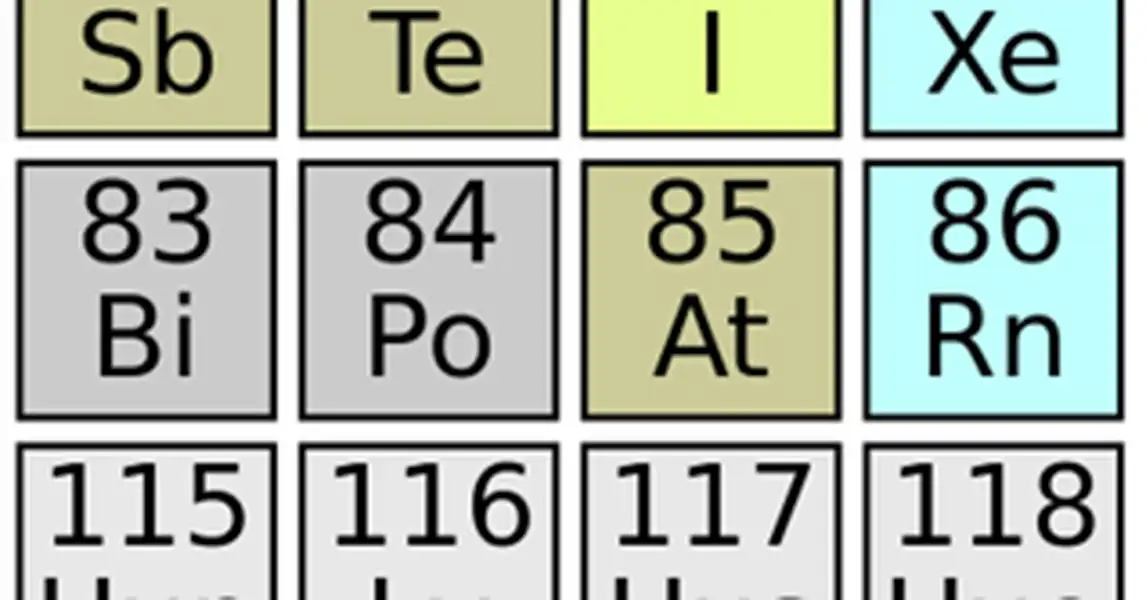Over the years, we've been asked about applying epoxy and polyaspartic coatings to basement floors to mitigate radon. Most homeowners who asked didn’t know if they had a radon issue, so I suspect it’s more about curiosity and not always about solving an existing issue.
I first always recommend testing their home for radon – it’s cheap and easy. Second, I try to explain my best understanding of epoxy coatings and other floor sealing systems with regards to their impact on radon transmission into a home.
We'll start with a description of radon and move onto some questions and answers.

What is radon?
Radon (Rn, 86) is an inert noble gas that is odorless, tasteless, and colorless. Radon is known to cause cancer. In fact, radon is rated the second leading cause of lung cancer in the United States by the Surgeon General!
Radon typically enters homes from the lowest point through cracks and other holes in the foundation. Once it enters a home, it can become trapped and build up, leading to health issues to those exposed.
For more in-depth information regarding radon, see A Citizen's Guide to Radon by the U.S. Environmental Protection Agency.
Does radon come up through my basement’s concrete slab?
Radon is a very small atom that can normally only be detected with special instruments or test kits. Its size allows it to move through materials, including concrete (even tightly troweled concrete). It will move through a soak-in sealer, if applied to the basement surface.
As air and moisture moves through an unsealed concrete slab, they will transport radon gas, if it’s present. Additionally, open cracks and joints make the transmission of radon gas easier still.
Will sealing the cracks & floor in my basement reduce the radon levels?
Radon Gets Into Your Home Through:
|
The simple answer is “maybe”. Sealing the basement floor can help reduce the amount of radon entering the home. But just sealing the cracks would be unlikely to reduce those amounts in the long term.
Sealing all cracks and applying non-porous, thick epoxy coatings (over 10 MILS dry film thickness) would be a better step. The acrylic and other soak-in sealers marketed as radon mitigation systems are untested solutions (by the EPA or CDC) and some states have issued consumer notices warning against their use.
However, per the EPA, Radon Awareness organization, and even radon mitigation companies, basement coatings should normally be coupled with a sub slab depressurization system. This system prevents radon from entering the home by drawing the radon from beneath the house and venting it with a fan into the outside air, where it is diluted beyond any harmful amount.
Can I paint or seal the floor myself and get good results in reducing radon levels?
While only my opinion, I would always answer “NO!” First, the Do-It-Yourself solutions marketed to homeowners are the very ones that I find consumer notices issued by state and federal agencies warning against their use.
 Second, successful application of any high build coatings system (like our solid color epoxy systems) requires:
Second, successful application of any high build coatings system (like our solid color epoxy systems) requires:
- Preparation of the concrete surface by methods that are difficult and dangerous for homeowners.
- Filling of all cracks and construction joints with appropriate materials (not just slapping in a little caulk).
- Mixing, spreading, and even rolling out high quality, 100% solids resin systems that will not shrink or create porous conditions during their curing process.
Third, the costs of doing a high quality system as a DIY project is going to be so labor intensive, time consuming, and costly that they will not save much if anything versus hiring a licensed, professional floor coatings company.
And, as mentioned earlier in this blog, sealing the floor most likely will not be enough to reduce the radon levels to safe levels. A sub-slab depressurization system, drain tile suction with fan system, or block-wall suction with fan system will most likely still be required.
If I have a fan based radon system, should I still seal my basement floor?
While it may sound like a basement epoxy coating is a waste if a fan based radon system is present, given my answers to earlier questions, that is still not my position.
- Sealing cracks and the concrete still aids any fan based system and creates a more holistic solution. The EPA states “Sealing cracks and other openings in the foundation is a basic part of most approaches of radon reduction.”
- No amount of radon exposure is considered safe, so adding the benefits of thick, 100% solids epoxy coatings can be a valuable part of a radon mitigation strategy for the long term use of a home’s basement.
- Adding professional epoxy coatings also dust-proofs the concrete slab, makes cleaning easier, reduces or eliminates damage from spills, and improves usability.
- Basement epoxy coatings also play a role in dehumidification and reducing water penetration damage.
We are Here to Help!
I hope this article assists you with a radon mitigation issue. I highly recommend visiting the following sites for more information on radon:
For more reading on other types of health hazards that could be present in your home, check out our guest blog 4 Health Hazards in Your Home and How to Protect Yourself.
Mike Mincemoyer is the Founder & President of STRONGHOLD FLOORS and one member of the ownership team. His team has worked with companies who specialized in removal and mitigation of radon, lead, and asbestos. Mike's teams work with these other companies to combine their mitigation services with our basement epoxy coatings.
Editors Notes:
LAST UPDATED: Sep 16, 2025






